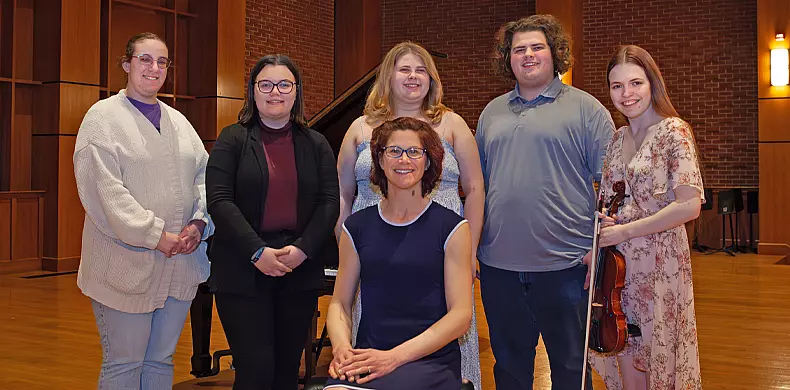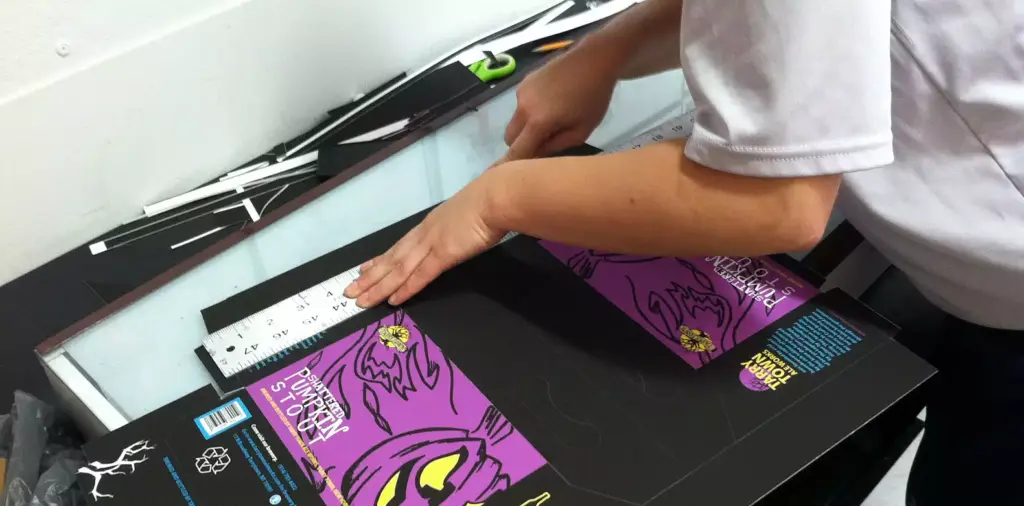Caleb Stroman, assistant professor of theatre and lighting and scenic designer at Susquehanna University, recently won two Peggy Ezekiel Awards for Outstanding Achievement for his scenic and lighting design of Trifles. Trifles was produced at Susquehanna in a hybrid format due to Covid-19 during the fall 2020 semester. Stroman’s innovative scenic and lighting design helped make the production possible despite the challenges presented by the pandemic.
Trifles is a well-known one-act play with a typically simple scenic design – a country kitchen. “By ‘exploding’ the kitchen and creating ‘islands’ on which the two live actors were performing, we not only maintained the required six feet of social distancing, but also filled the stage using light to help illustrate actions that we would normally see being performed on stage,” Stroman explained. “Instead, these actions were read to the audience by a narrator, helping to tie the Zoom actors in with the live actors.”
Votes for the awards are cast by members of the United States Institute for Theatre Technology Ohio Valley Section board, which is made up of professional designers in multiple fields of theatre design.
“It means a lot to win these awards because it provides a sense of accomplishment and validation to have my peers think highly of my work,” Stroman said. “I was excited and happy to win these awards and it was also a relief, as a lot of work goes into not only the designs that were submitted but also the submissions.”

Stroman has also been instrumental in implementing the theatre department’s theme of sustainability in creative ways in scenic design. The first production of the fall 2021 semester, The Mermaid of the Great Pacific Garbage Patch, saw the Degenstein Center Theater filled with garbage collected from students and professors alike to reinforce the themes of waste and pollution.
“Of the lumber that was purchased for The Mermaid of the Great Pacific Garbage Patch, at least 95% of it was used directly in the show,” Stroman said. “What can be reused for other purposes – such as teaching students how to use power tools – is used and limits the amount of direct waste.”




